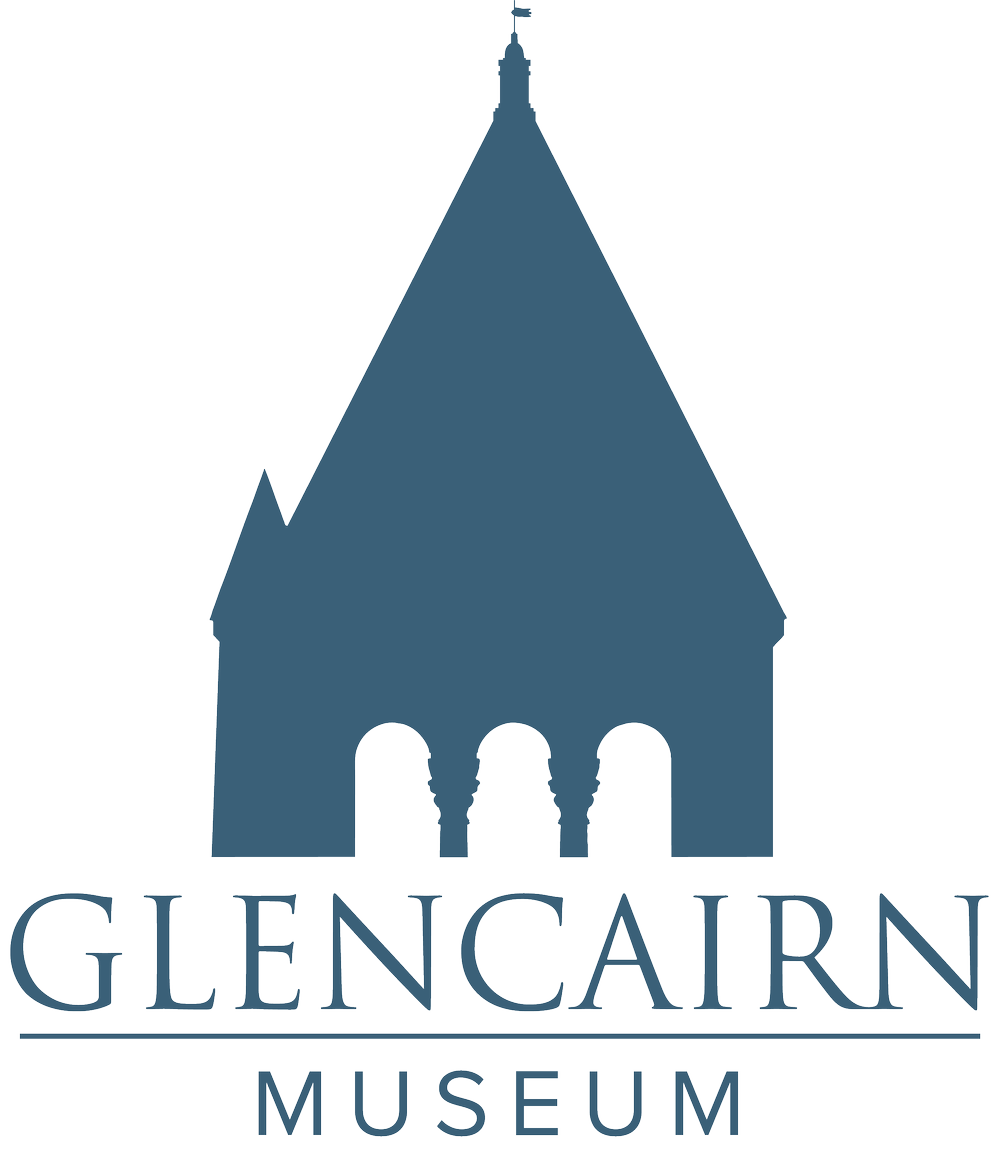Number 7, 2016
Glencairn Museum’s large book of plainchant (75cm tall) was made in 16th-century Spain, most likely for the monastic Order of Calatrava. Like a modern hymnal, it contains the music needed for religious services, including 116 hymns as well as antiphons, responsories, and other music.
Read MoreNumber 6, 2016
Recently Glencairn Museum News interviewed Jens Langlotz, Master Stone Carver at Bryn Athyn Cathedral, about the history of stone carving in Bryn Athyn and about ongoing preservation efforts at the Cathedral and Glencairn. Then we climbed the scaffold above the Cathedral’s south entry to watch Jens and his assistant, Grayson Zuber, in action as they replaced several badly worn limestone finials with exact copies.
Read MoreNumber 5, 2016
In this essay for Glencairn Museum News, Dr. Julia Perratore, Mellon Curatorial Fellow at the Metropolitan Museum of Art, explores the world of the medieval sculptor, who mastered “a craft that was challenging and at times back-breaking, requiring flexibility and ingenuity.”
Read MoreNumber 4, 2016
The year 2016 marks the 100th anniversary of the official incorporation of Bryn Athyn as a borough in Montgomery County, Pennsylvania. A Hill of Unity: The Founding of Bryn Athyn Borough (Friday, April 15 - Sunday, October 16, 2016) presents artifacts, maps, photographs and documents illustrating the early development of this community, leading up to the year of incorporation in 1916.
Read MoreNumber 3, 2016
In 1982, as Glencairn was in the process of being transformed from a family home into a museum, an unusual work of ancient art was discovered in one of the family bedrooms—being used as a doorstop! In this essay, David and Irene Romano discuss Glencairn’s Syro-Hittite siren cauldron attachment and compare it to other known examples from the ancient Greek and Near Eastern worlds.
Read MoreNumber 2, 2016
For the first time in decades, Glencairn Museum is exhibiting three Easter scenes made in the 1920s for the Raymond and Mildred Pitcairn family. The scenes were designed by Winfred S. Hyatt, the principal stained-glass artist and designer for Bryn Athyn Cathedral and Glencairn.
Read MoreNumber 1, 2016
The biblical story of the Flight into Egypt recounts how Joseph took Jesus and Mary to Egypt after an angel warned him in a dream that Herod was planning to kill the Christ Child (Gospel of Matthew 2:13-15). Glencairn’s 12th-century panel of stained glass depicting this event, from the Abbey Church of Saint-Denis, may be the Museum’s most famous work of art—but this was not always the case.
Read MoreNumber 12, 2015
This year Glencairn Museum is featuring two exhibitions during the holiday season. Christmas Traditions in Many Lands reveals how Christmas was celebrated in a variety of European countries during the 19th and 20th centuries. It features objects and images from the collection of the National Christmas Center and Museum. Our seventh annual World Nativities exhibition presents 45 three-dimensional Nativity scenes, collected from around the world.
Read MoreNumber 11, 2015
This year Glencairn is featuring two exhibitions during the holiday season. As part of the seventh annual World Nativities exhibition, Glencairn is presenting a unique creation by Navidad Nativities of Bucks County, PA. This custom Nativity setting, with stunning interior lighting, was inspired by the art and architecture of Bryn Athyn Cathedral and Glencairn. The human and animal figures were hand carved in wood and dressed in starched fabric by Original Heide, a family business in the Italian Alps. The second exhibition, Christmas Traditions in Many Lands, reveals how Christmas was celebrated in a variety of European countries during the 19th and 20th centuries, and features objects and images from the collection of the National Christmas Center and Museum in Lancaster, PA.
Read MoreNumber 10, 2015
The construction of Bryn Athyn Cathedral began in 1913. With many masons and sculptors hard at work, its rising walls soon began to dominate the local skyline. At this time Raymond Pitcairn, who was supervising the building’s design and construction, turned his attention to the stained glass windows he hoped would illuminate the Cathedral’s interior. Pitcairn, who had loved medieval architecture since childhood, was determined to match the textures and brilliant colors of the stained glass windows in the walls of the great European cathedrals built during the twelfth and thirteenth centuries.
Read More